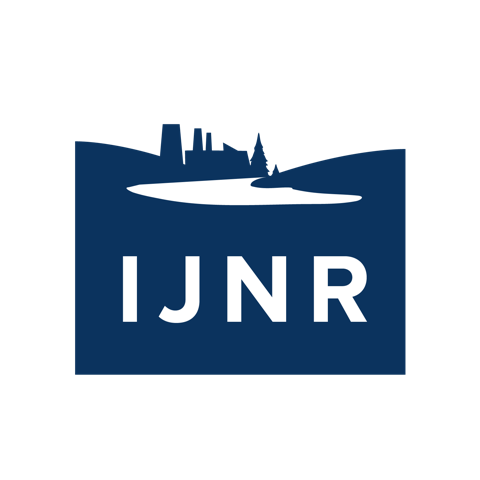Day 6: Cancer Alley, Coastal Restoration and Cultural Revitalization
Reserve, LA
Environmental Justice in Cancer Alley: Living on a River Shaped by Plantations and Petrochemicals
The Mississippi River between Baton Rouge and New Orleans was once bordered by the thin rectangular parcels of land where plantation owners forced slaves to grow and harvest sugarcane and cotton that could be easily shipped downriver to market. Now those 85 miles of river are home to nearly 150 petroleum and chemical industry facilities –and Louisiana’s lax environmental regulations. There is a long legacy of human health impacts in what’s become known as “Cancer Alley,” and the Louisiana Environmental Action Network (LEAN) has led the push to recognize the human health impacts of siting heavy industry so close to residential homes. LEAN has helped change regulations to give some of Louisiana’s most underrepresented communities a voice12 n. We spent the morning with LEAN’s founder and discussed past accomplishments and ongoing concerns. Our first stop was Reserve, where residents are dealing with emissions of chloroprene, a byproduct of the synthetic rubber being made at the nearby Dupont/Denka plant.
St. James Parish, LA
When Industrial and Residential Zones Intersect: The Story of St. James
In 2014, St. James Parish adopted a new land-use plan that designated district 5 as industrial. The move paved the way for existing industry – primarily oil and gas – to expand and new industry to move in. But a lot of people still live and work in the area and now find themselves pressed up against oil storage tanks and gas flares. We talked with residents about how they’re dealing with the changes and efforts to relocate – including a new project LEAN is launching to facilitate fair relocations when industrial impacts make homes uninhabitable.
Atchafalaya Bay, LA
The Chitimacha Tribe: 21st-Century Challenges on Ancestral Homelands
The Chitimacha Tribe has occupied the Louisiana Coast for millennia, farming and exploiting the watery landscape’s rich natural resources. But 1930s-era levee projects, a response to the historic 1927 flood, have isolated Lake Chitimacha from the Atchafalaya system. In this case, the levees aren’t starving the landscape of sediment, they’re actually causing sediment buildup where water once flowed freely. Consequently, the once-rich waters of the Chitimacha people have degraded. Today the tribe, along with the state of Louisiana and the U.S. Fish & Wildlife Service, are working to restore the swamp ecosystem that nourished the Chitimacha long before turn-of-the-century infrastructure projects came into play. We headed out on the water to see some of these projects first-hand.
Charenton, LA
Bringing a Language Back to Life
Like other Native languages, the Chitimacha tongue was nearly lost to history. But when tribal members unearthed audio recordings of the language in action, they assembled surviving elders and began the slow process of putting it back together piece by piece. Now it’s part of the Chitimachas’ cultural education – and making a comeback. We did dinner and a movie: screening a film about language restoration with the woman who led the effort.
